Top Ring Lock Scaffolding Parts Guide
Oct 31, 2024The scaffolding system comprises multiple critical component types, vertical poles, horizontal poles, diagonal braces, pedals, and locks. These can provide the anchoring base for the entire structure while also simplifying the construction process and increasing its efficiency.
The ease of modularity and flexibility represents the very core of the scaffolding. The components are fastened together firmly and accurately through a locking mechanism, which also ensures the safety of fast assembly and disassembly during construction. It makes scaffolding flexible in terms of construction works for high-rise buildings, bridges, or industrial maintenance.
This paper will present a detailed composition of the ring lock scaffolding parts, design, and functional benefits while orienting customers on why ringlock scaffolding can be relied on for safe and efficient construction. Core components of ringlock scaffolding
The vertical pole is the component of the scaffolding system built to an erect position into a vertical supporting system, which plays a key role in uniting the other support system. Each vertical pole has several circular scaffolding nodes installed at regular intervals. These nodes provide different angles for the installation of crossbars and diagonal braces, and consequently, support itself in the construction of the complex structure.

The crossbar is the element in the scaffolding side connection. As a horizontal support means, it is used to connect the vertical standards together firmly. Two ends are fitted with pins that can be plugged quickly into the buckle node of the verticle poles and locked. This basically pin-type connection allows one, during installation, to conduct it much faster and more efficiently. In addition to connecting the vertical standards together, the crossbar strengthens the overall structure and thus improves scaffolding against deformation.
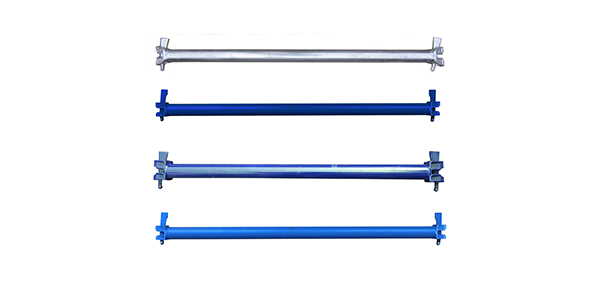
Diagonal bracing offers diagonal support within the system of scaffolding and enhances the anti-tilting and resistance to deformational changes of the structure as a whole. Utilizing different support nodes, the scaffolding system can offer a sturdier three-dimensional support system with added stability and strength. This is particularly imperative in constructional projects involving high-rise buildings and/or complex structures, thereby improving the stability of the scaffold during working, and subsequently ensuring construction safety.
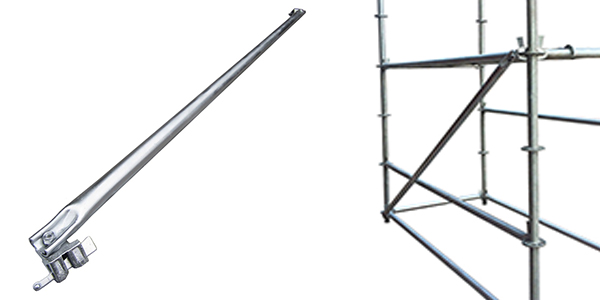
As a construction platform, the pedal is the direct support surface for construction personnel and equipment. The pedals of the buckle scaffold are usually made of steel or aluminum, with high load-bearing capacity and non-slip surface to ensure the safety of construction personnel. The pedals can be flexibly arranged according to construction needs to meet the requirements of working platforms of different widths and heights, so that the buckle scaffold can adapt to a variety of construction scenarios.
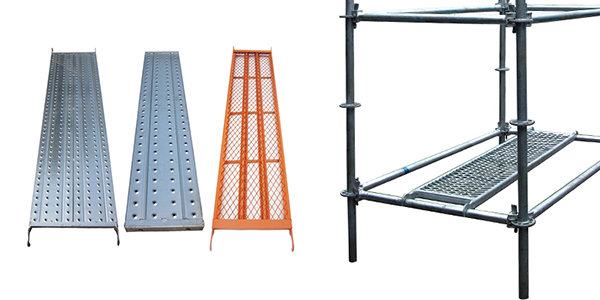
The lock and the lock pin are the core components of the disc lock scaffolding connection system. The lock is usually a round disc lock node on the vertical pole. Its eight-hole design allows the crossbar and diagonal brace to be connected at different angles; while the lock pin completes the locking between components by simply inserting and tapping. This innovative design not only increases the installation speed, but also ensures the stability of the connection and greatly reduces the possibility of misoperation.
Rosettes :
Wedges :
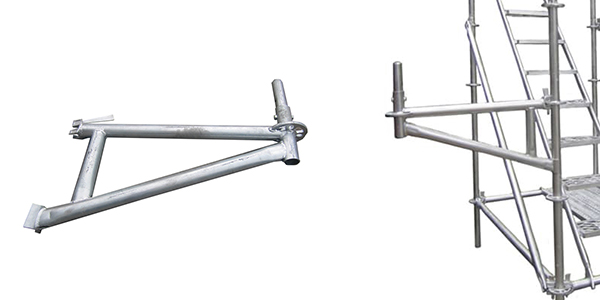


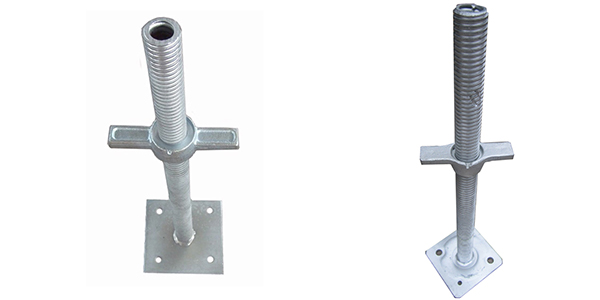

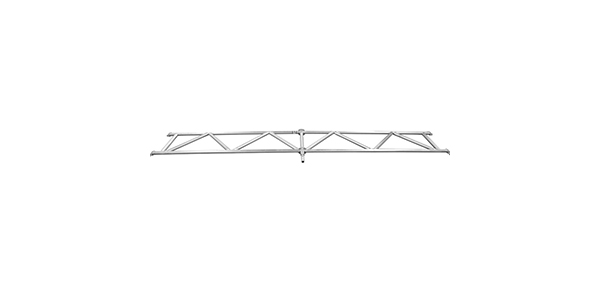
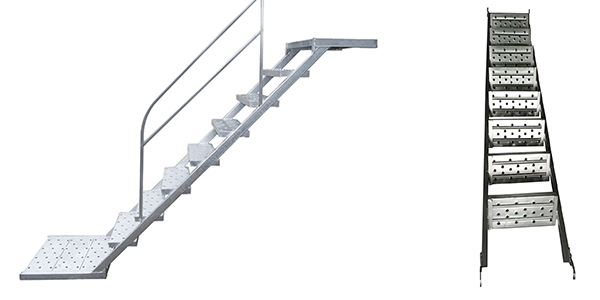
With its excellent design, flexible modular construction and high load-bearing capacity, the ring-lock scaffolding has become an indispensable tool in modern construction and industrial construction. The precision design of its core components such as uprights, crossbars, diagonal braces and pedals ensures the stability and safety of the structure while improving construction efficiency. ring lock scaffolding is widely used in high-rise buildings, bridge construction, industrial maintenance, temporary support and large-scale event construction, showing its superior adaptability in complex construction environments, especially during rapid assembly and disassembly. Choosing disc-lock scaffolding components not only meets high-standard construction requirements, but also significantly reduces safety risks, providing customers with safe, reliable and efficient solutions, and becoming the best choice for projects pursuing construction quality and efficiency.
Does the installation of the scaffolding require special tools?
What are the advantages of the scaffolding?
Is the scaffolding suitable for bad weather conditions?